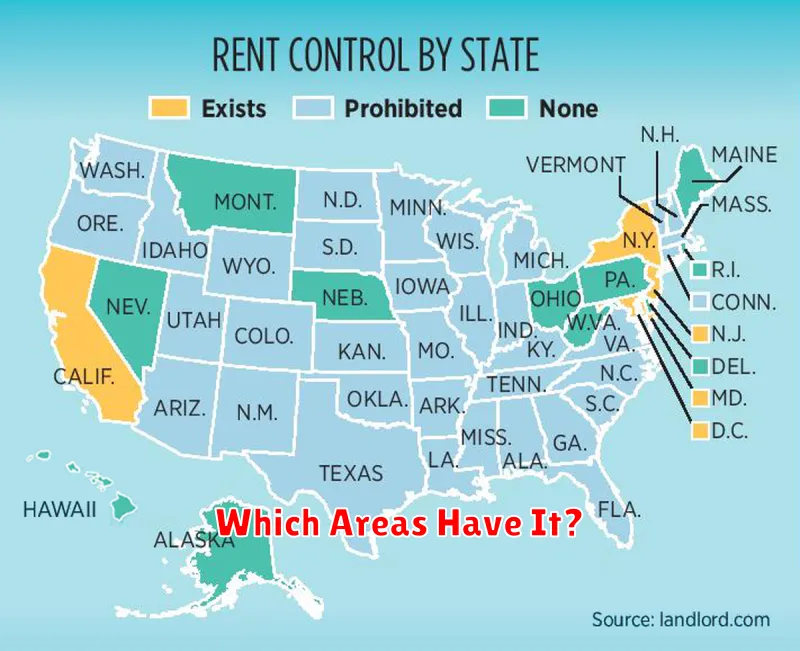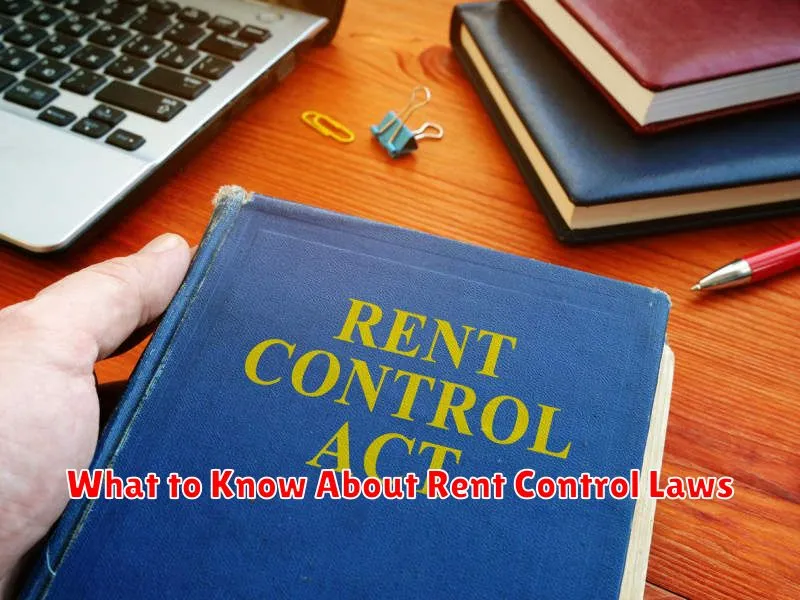Rent control laws are designed to regulate how much landlords can increase rent, aiming to protect tenants from exorbitant rent hikes. Understanding rent control laws is crucial for both tenants and landlords, as these regulations can significantly impact housing affordability and investment returns. This article delves into the complexities of rent control, examining its benefits and drawbacks, how it varies across jurisdictions, and its overall impact on the rental market. Whether you’re a tenant concerned about rising rent or a landlord navigating the legal landscape, understanding rent control laws is essential. Learn about the various types of rent control, including vacancy control and vacancy decontrol, and how they affect tenants and property owners differently.
Navigating the intricacies of rent control laws can be challenging. Rent control ordinances typically specify limits on rent increases, often tied to inflation or other economic indicators. Some jurisdictions have stricter rent control policies than others, impacting both the rental market and the local economy. This article provides a comprehensive overview of rent control, exploring its historical context, its potential impact on housing availability, and the arguments both for and against its implementation. Gaining a deeper understanding of rent control laws is vital for making informed decisions about housing, whether you are a current tenant, a prospective renter, or a property owner.
Definition and Purpose of Rent Control
Rent control is a government regulation that limits how much landlords can increase rent on residential properties. These regulations can apply to specific units, buildings, or even entire municipalities. Rent control ordinances vary widely, dictating factors like the frequency of allowable increases, the permissible percentage increase, and the grounds for exemptions.
The primary purpose of rent control is to protect tenants from excessive rent increases, promoting housing affordability, and preventing displacement, particularly for low and moderate-income households. It aims to stabilize communities and ensure residents, especially long-term renters, are not priced out of their homes due to market fluctuations or exploitation by landlords.
Which Areas Have It?

Rent control laws are not universally implemented. Their presence varies significantly depending on the state, city, and even specific neighborhoods. Some states have statewide rent control laws, while others leave the decision to local jurisdictions.
A few states with some form of statewide rent control include California, Oregon, and Maryland. However, it’s important to note that even within these states, specific regulations and limitations apply. For example, newer construction might be exempt, or there may be vacancy decontrol provisions.
Many cities, particularly those with high housing costs, also have their own rent control ordinances. These include cities like New York City, Los Angeles, and San Francisco. Regulations can vary greatly between cities, impacting the types of properties covered, allowable rent increases, and tenant protections.
It is crucial to research the specific laws in your area to determine if rent control applies to your property.
Limits on Rent Increases
Rent control laws typically impose restrictions on how much a landlord can increase rent. These limits can vary significantly depending on the specific regulations in place. Some jurisdictions tie permissible increases to a fixed percentage, often linked to an economic indicator like the Consumer Price Index (CPI). This provides a predictable, albeit sometimes limited, increase allowance.
Other areas might establish a maximum allowable annual increase, regardless of economic conditions. This offers stronger tenant protections against steep rent hikes but could potentially impact landlord returns. Additionally, some rent control laws exempt certain types of housing, such as new construction or single-family homes, from these limitations altogether. It’s crucial to understand the specific regulations in your area to determine how rent increases are governed.
Exceptions to these limits can sometimes be granted for specific reasons, such as substantial renovations or capital improvements to the property. Landlords typically need to petition for these adjustments and demonstrate the justification for exceeding the standard limits.
Tenant Protections Included
Rent control laws primarily aim to protect tenants from exorbitant rent increases and unwarranted evictions. The specific protections vary depending on the jurisdiction, but some common inclusions are limitations on rent increases, often tied to a fixed percentage or an index like the Consumer Price Index (CPI). This helps provide predictability for tenants and prevents landlords from dramatically raising rents.
Another key protection is “just cause” eviction requirements. This means a landlord cannot evict a tenant without a valid reason, such as non-payment of rent, violation of the lease terms, or damage to the property. This offers tenants stability and prevents arbitrary removal.
Some rent control ordinances also include provisions for relocation assistance. If a tenant is evicted for a reason allowed under the law, the landlord may be required to provide financial assistance to help with moving expenses. This helps mitigate the financial burden of displacement.
How to Check Your Local Laws
Rent control laws vary significantly by location. It’s crucial to understand the specific regulations in your area. Here are some ways to check your local laws:
Contact Your Local Government
Your city or county’s housing department, clerk’s office, or website are excellent starting points. These resources often provide information on local ordinances, including rent control.
Consult Legal Professionals
If you’re having difficulty finding clear information, consulting with a lawyer specializing in landlord-tenant law or a local tenants’ rights organization can provide expert guidance on your rights and responsibilities under local rent control laws.
Online Resources
Some states and cities maintain online databases of local ordinances. Check your state or city’s official website for these resources. However, always verify the information with official government sources.

